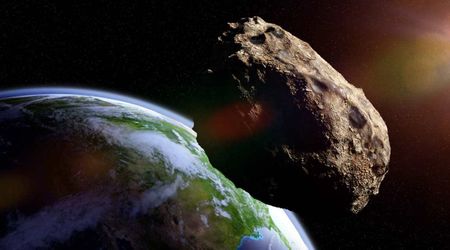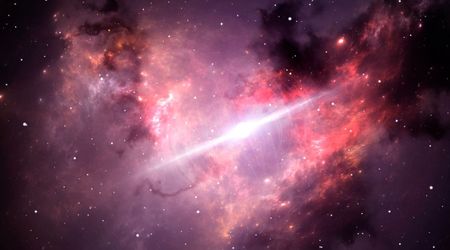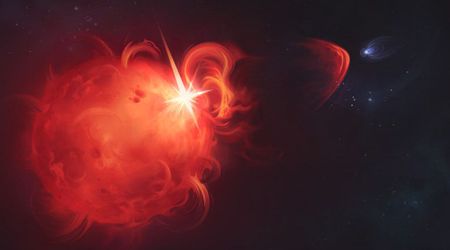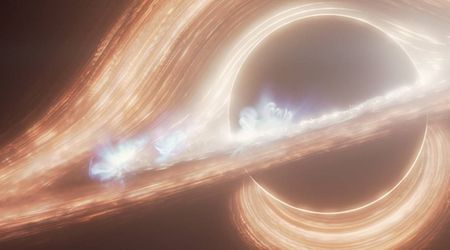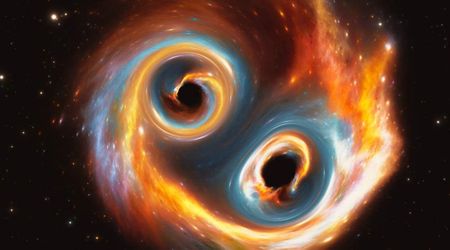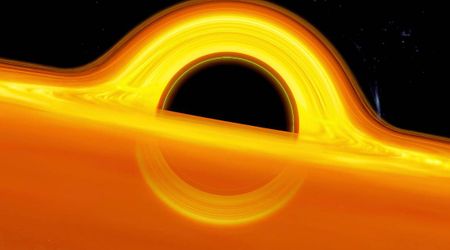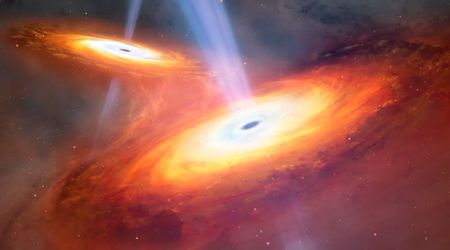NASA faces reduced ISS crew and research due to a prolonged budget shortage

A press conference held on May 20 about the scheduled Ax-4 private astronaut mission to the International Space Station (ISS) revealed new insights into the agency. Dana Weigel, a NASA ISS program manager, was asked about the impact of the fiscal year 2026 budget proposal. Weigel mentioned that NASA has been facing issues with funds even before the budget announcement, per Space News. “Today, the station has been faced with a cumulative multi-year budget reduction,” she stated. She pointed to the fact that the budget squeeze was a result of piled-up cuts and the continuing resolution.

It implies that NASA’s budget for the entire 2025 fiscal year was the same as the year before, but because of inflation, the amount seemed insufficient. “That’s the challenge that I’ve had that we’ve been managing through today,” she added. “That has left us with some budget and resource challenges that result in less cargo,” which would also include the crew supplies for ISS, Weigel shared. NASA officials never went public with any reduction in ISS cargo. However, the matter was a concern in private, as the recent damage to a Northrop Grumman Cygnus cargo spacecraft during shipment added to the problems.

This mission was later shelved due to the damage. NASA has flown four or five cargo missions to the station annually for the past several years, but only three were planned for 2025. It included the SpX-32 cargo Dragon mission, docked at the station in April. SpX-33 is set to launch in August and will be followed by a new Cygnus spacecraft on the NG-23 mission later this year. The shortcomings in cargo led the agency to reduce the size of the crew on the space station from the U.S. segment, which includes Canada, Europe, and Japan, with the number of members being reduced from four to three.

“We’re evaluating the potential for moving to three crew. That’s something that we’re working through and trying to assess today,” Weigel added, per Space News. These changes were decided before the White House proposed the 2026 budget cuts. The agency is currently occupied with the daily ISS operations and is focusing on present challenges. The specifics of employing these planned changes are not yet confirmed or drawn out per se.

“When we see the full president’s budget request, we’ll take a look at those details to really understand what changes or adjustments will need to be made,” Weigel commented. It was unclear how much the cuts would affect NASA’s private astronaut missions (PAM) like Axiom Space’s Ax-4. With two more private astronaut missions proposed in 2026 and 2027, Weigel stated that the variety in research was a huge benefit to the project. Moreover, maximization of these missions would be a suitable way to increase contributions to science and to “return on investment with the station.”

The Ax-4 mission is scheduled for launch on June 8 on a SpaceX Crew Dragon spacecraft, per the publication. The upcoming Ax-4 mission will take astronauts to the ISS for about two weeks to conduct 60 experiments. It will be commanded by former NASA astronaut Peggy Whitson and carry astronauts from Hungary, India, and Poland. The Ax-4 will also christen the new Crew Dragon spacecraft: “It will soon get its nickname from the crew,” commented Sarah Walker, the director of Dragon mission management at SpaceX, reported Space News.

